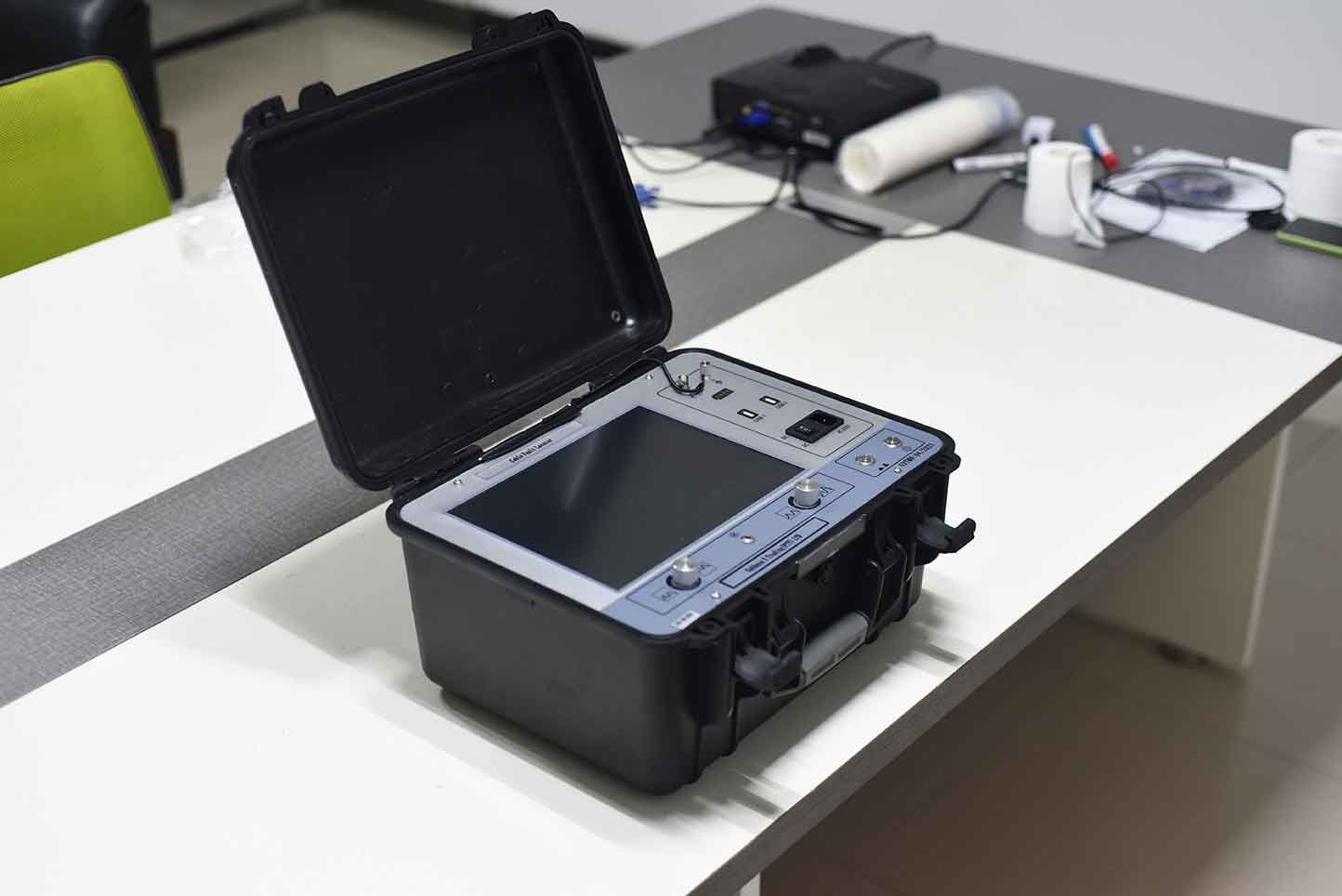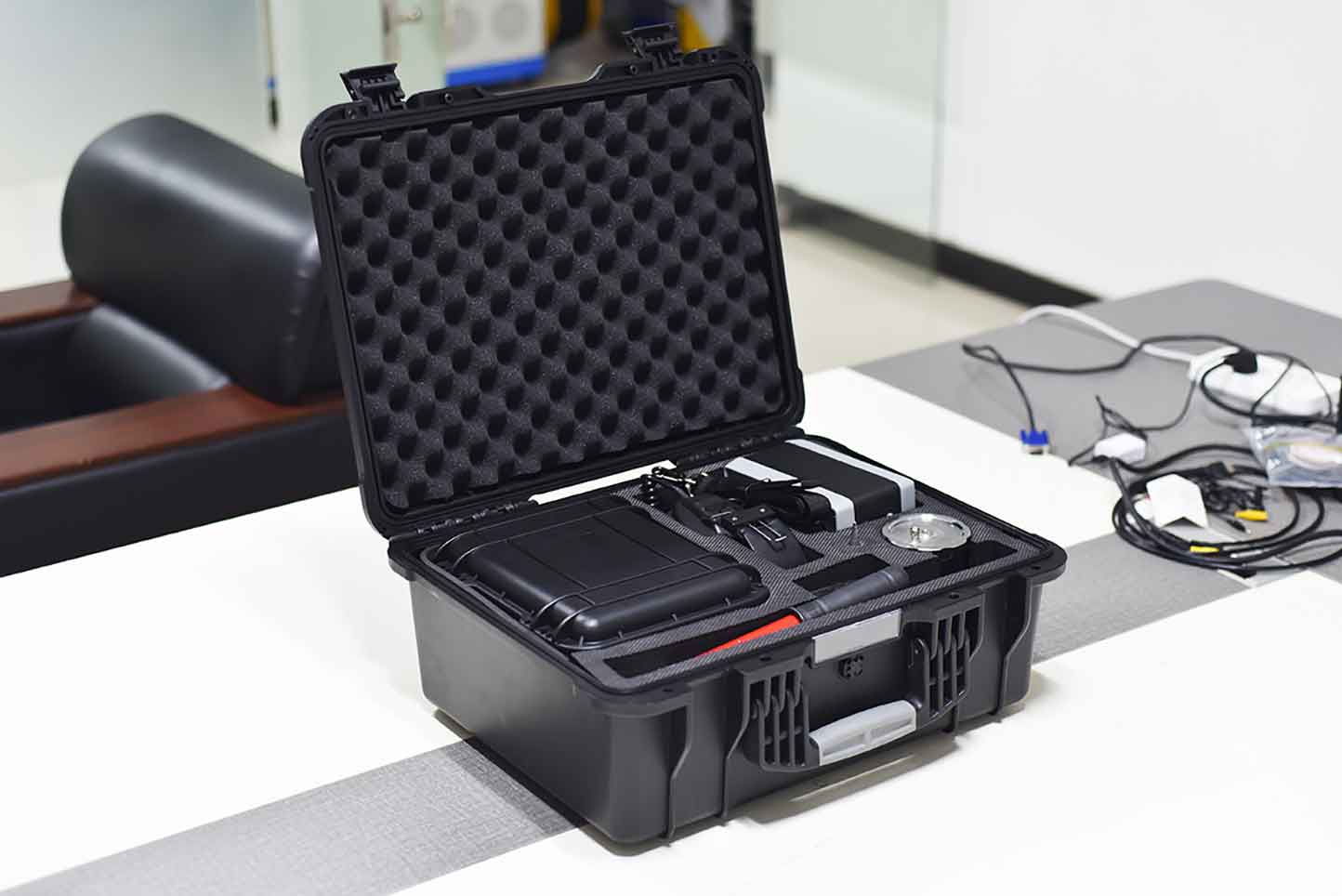The supply of electricity is an essential factor in the development of the economy and the continuous progress of science and technology. The main structure of urban and rural power supply networks has already adopted power cables. Power cables have the advantages of high safety, good stability, and no impact on the surrounding environment in power transmission, and are therefore applied by power supply departments. Cable is an important medium for power transmission, and various faults often occur during its use.

1、 The cause of cable failure!
① Insulation aging and deterioration: during the power supply process, the cable insulation will be affected by the current to bring about heating, chemical and other effects, and the insulation medium will be deformed, softened and other chemical changes, which will reduce the insulation level of the medium, and the cable will have problems for a long time.
② Overload work: Cable overload work causes excessive temperature, which can lead to poor heat dissipation and accelerate cable damage.
③ Artificial damage: Mechanical construction, artificial excavation, and other external forces can cause cable deformation, which can lead to excessive bending, damage to the internal insulation, or create air gaps inside the insulation.
④ Protective layer corrosion: Lead coating corrosion of cables under electrolysis or other chemical actions. Due to different corrosion properties and degrees, there are red, yellow, orange, and light yellow compounds or sponge like pores on the lead coating.
⑤ Natural factors: The strong voltage of lightning weather directly penetrates the cable, causing damage to the cable when the stress it bears exceeds the allowable value.
2、 How to quickly and accurately locate cable faults
Determine the type of fault point
According to the nature of the fault, cable faults can be divided into low resistance grounding or short circuit faults, high resistance grounding or short circuit faults, wire breakage faults, wire breakage and grounding faults, and flashover faults.
Select appropriate methods and corresponding instruments based on the type of fault
Different testing methods are used to test different types of faults. For example, for high resistance faults, the flashover method can be used to locate the fault location.

Rough measurement positioning
There are two methods for rough measurement and positioning: bridge method and wave reflection method. At present, the wave reflection method positioning instrument is relatively popular, but there are several cable faults that are difficult to locate using the wave reflection method, such as insulation defect points of high-voltage cable sheaths, steel tape armored low pressure cables, PVC cables, and short cables that cannot be located. In addition, some high resistance breakdown points cannot be broken down under impulse voltage and are difficult to locate.
More precise fixed point
Cable faults can be accurately identified using the following four methods:
① Acoustic method: it is a high-voltage pulse generator that discharges the fault cable, and the fault point generates arc and discharge sound. When the cable is directly buried, Seismic wave is generated. The acoustic probe of the fixer picks up the Seismic wave signal, amplifies it, and outputs it through headphones or meters.
② Step voltage method: it is mainly aimed at the grounding fault location of the outer sheath that requires the insulation of the outer sheath of the cable. Now, the step voltage method can also be used for the grounding fault location of some directly buried unarmoured low-voltage cables and wire cores.
③ Electromagnetic method and audio method: Using electromagnetic wave or audio method to fix the point, that is, using the changes in electromagnetic wave signals or audio signals before and after cable faults to determine the fault point.
④ Acoustic magnetic synchronization method: It is a comprehensive application of acoustic measurement method and electromagnetic wave method.

The ZC-700A2 cable fault tester can be used to detect low resistance, high resistance, short circuit, open circuit, leakage faults, and flashover faults of various cables. It can accurately detect the fault location, cable length, and cable burial path of underground cables. It has the characteristics of accurate testing, high intelligence, wide adaptability, stable performance, and lightweight portability. Cable tracing and fault location are composed of a path finder, a location finder, a T-shaped probe, an A-frame, a receiver, etc. This instrument is a specialized instrument for cable fault location testing, suitable for testing various cables with metal conductors (wire pairs, protective layers, shielding layers). Its main functions include location testing of poor ground insulation points, detection of cable paths, and testing of cable burial depth.
Kvtester Electronics Technology Co.,Ltd. is a high-tech enterprise specializing in power testing, testing, research and development, production, and sales of testing equipment. It has been engaged in the electrical testing industry for many years, and its products are of high quality. We welcome customers to come and purchase.







